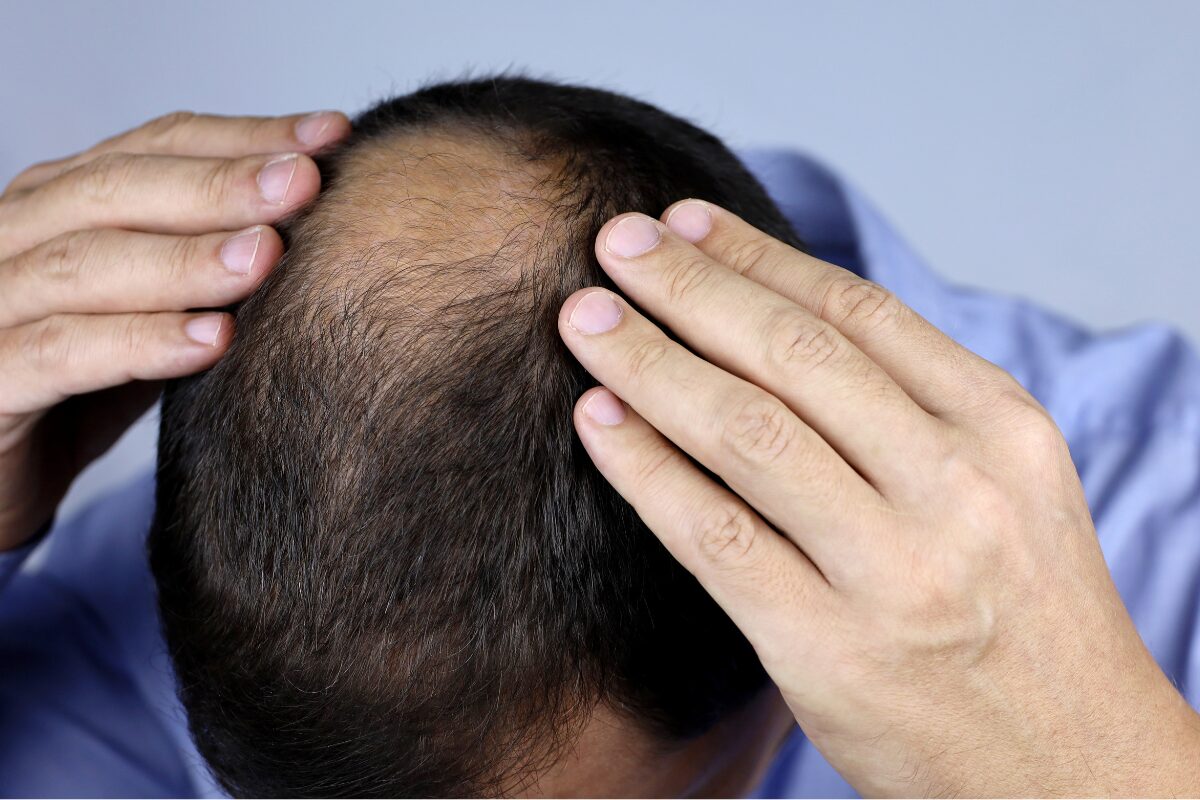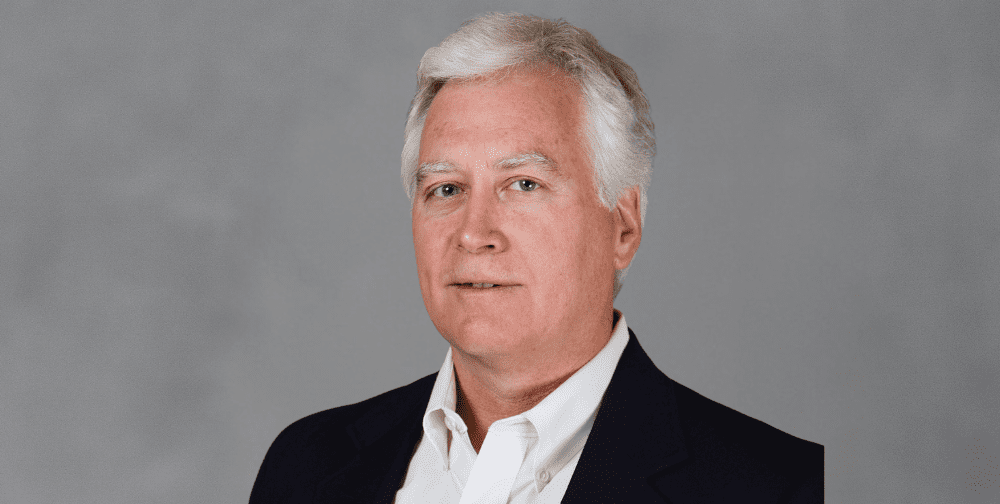Hair loss can be distressing—especially when it seems to come out of nowhere. While many people expect some thinning with age or genetics, others experience unexpected shedding without a clear reason. In reality, there are several unexpected causes of hair loss that often go unnoticed until the problem becomes more severe.
If you’re noticing early signs of hair thinning, such as excessive shedding, widening parts, or scalp visibility, it’s important to understand the potential triggers and take early action. Below, we highlight five commonly overlooked factors that may be contributing to your hair loss.
1. Chronic Stress
Stress is a powerful disruptor of the body’s natural processes—and that includes the hair growth cycle. Prolonged stress can lead to a condition called telogen effluvium, where more hair follicles enter the resting (telogen) phase prematurely.
This results in noticeable shedding a few months after the stressful event. While the hair can recover, repeated or chronic stress can delay regrowth.
What You Can Do:
- Incorporate daily stress management practices like walking, deep breathing, or mindfulness.
- Prioritise consistent sleep and balanced routines.
- Speak with a medical professional if stress feels unmanageable.
2. Nutritional Imbalances
Hair needs a consistent supply of nutrients to grow and stay strong. Even if you eat regularly, poor food choices or restrictive diets can lead to deficiencies that impact hair health.
Common deficiencies include iron, zinc, vitamin D, B12, and protein. These are essential for follicle strength, circulation, and keratin production.
What You Can Do:
- Eat a diet rich in whole foods: leafy greens, lean protein, eggs, nuts, and legumes.
- Get blood work done to identify hidden deficiencies.
- Supplement under the guidance of a healthcare provider.
3. Hormonal Shifts
Hormones play a crucial role in hair growth. Changes in estrogen, progesterone, and testosterone levels can all trigger hair loss. This is especially common during pregnancy, postpartum, menopause, or as a result of thyroid issues or conditions like PCOS (Polycystic Ovary Syndrome).
For men, elevated DHT (a by-product of testosterone) can shrink hair follicles and accelerate male-pattern baldness.
What You Can Do:
- Track your symptoms alongside your hair loss.
- Ask your doctor about hormone testing.
- Address underlying hormonal disorders with appropriate treatment.
To learn more, read our post on the difference between male and female hair loss.
4. Poor Scalp Health
A healthy scalp is essential for healthy hair. Conditions like dandruff, seborrheic dermatitis, fungal infections, or product buildup can clog follicles, disrupt circulation, and increase inflammation—all of which can impair growth.
Often overlooked, scalp inflammation creates an unhealthy environment for follicles, leading to weaker or slower-growing hair.
What You Can Do:
- Cleanse the scalp regularly with gentle, sulphate-free shampoos.
- Avoid excessive dry shampoo or product layering.
- Consider scalp exfoliation or professional scalp analysis.
5. Prescription Medications
Certain medications list hair loss as a known side effect. These include treatments for high blood pressure, cholesterol, depression, acne (such as isotretinoin), and even some birth control pills.
Hair shedding caused by medications can be temporary or ongoing, depending on the drug and individual response.
What You Can Do:
- Check with your prescribing doctor if you suspect a medication is affecting your hair.
- Never stop a medication without professional guidance.
- Discuss alternatives if hair loss becomes a significant concern.
Modern Solutions: PRP and PRF Therapies
For individuals experiencing ongoing thinning or seeking proactive options, modern regenerative treatments offer safe, non-surgical solutions.
PRP (Platelet-Rich Plasma) therapy uses your own blood, spun to concentrate growth factors, which are then injected into the scalp. These growth factors stimulate follicle activity and support regrowth.
PRF (Platelet-Rich Fibrin) takes this a step further. It contains more stem cells and white blood cells, released slowly over time for deeper healing and scalp rejuvenation. No additives or anticoagulants are used, making it a more natural, long-lasting treatment.
Both PRP and PRF are gaining recognition as effective hair loss treatments for men and women, especially in the early to moderate stages of thinning.
At Cosmed HairSkin Solutions, we offer both therapies along with personalised scalp analysis to help determine the most suitable course of action.
Hair loss can be frustrating, but it doesn’t have to remain a mystery. By understanding these overlooked causes and exploring your options early, you can take meaningful steps to protect and restore your hair.
Discover a science-backed path to hair health with the team at Cosmed HairSkin Solutions.

































